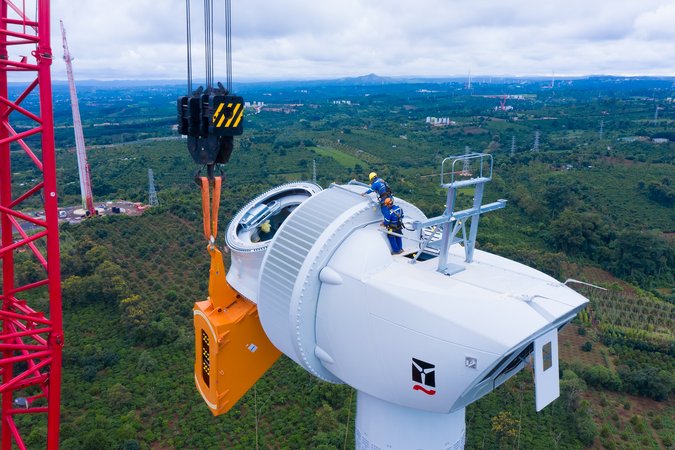Can an Emission Trading Scheme Promote the Withdrawal of Outdated Capacity in Energy-Intensive Sectors? A Case Study of China’s Iron and Steel Industry
DownloadOutdated capacity and substantial potential for energy conservation are the two main features of energy-intensive sectors in developing countries. Such countries also seek to implement market-based options to further control domestic carbon emissions as well as to promote the withdrawal of outdated capacity and upgrade production levels. This paper presents a quantitative assessment of an emission trading scheme (ETS) for China’s iron and steel industry. The diverse array of normal and outdated capacities are modeled in a two-country, three-good partial equilibrium model. The energy-saving benefits that result from emission abatement were captured through a technology-based marginal abatement cost (MAC) curve. Simulation results show that the abatement potential can be underestimated if the energy-saving benefits that result from emission abatement are not considered. In the scenario analysis, we demonstrate that the free allocation of allowances can cause a competitiveness distortion among normal and outdated domestic capacities, and such a distortion cannot be corrected by implementing supplementary measures such as border carbon adjustments. Given the government’s intention to promote outdated capacity withdrawal and production-level upgrading, an output-based allocation approach is strongly suggested for China’s iron and steel sector.
Authors

Lei Zhu

Xiao-Bing Zhang

Yuan Li

Xu Wang

Jianxin Guo



